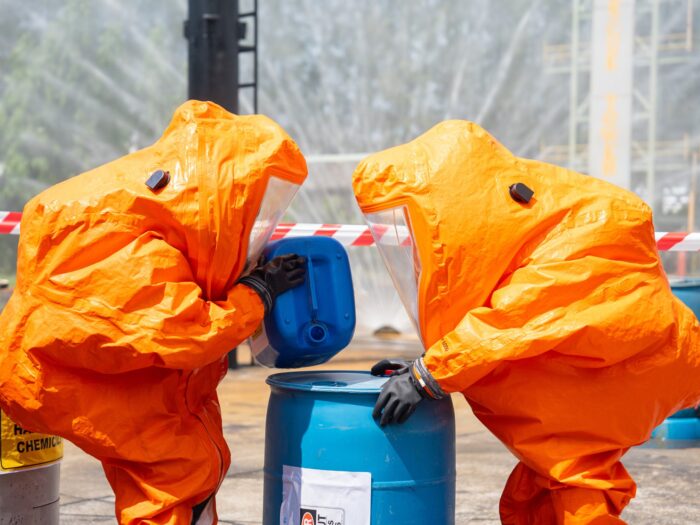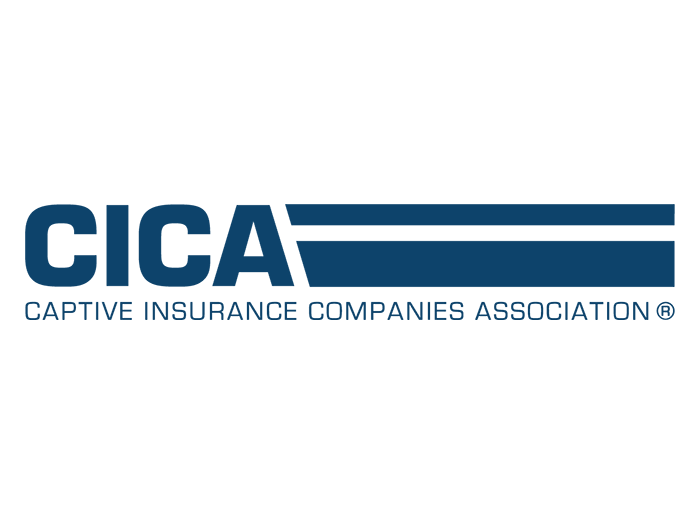Environmental Insurance Market Remains Competitive Despite Challenges

The environmental liability insurance market remains competitive for buyers despite increased underwriting scrutiny, according to a briefing from Lockton.
The environmental market, primarily composed of pollution legal liability (PLL) and contractor’s pollution liability (CPL), has seen stable pricing and robust capacity, even amidst emerging hazards and a challenging regulatory landscape, the broker stated.
PLL, aimed at covering fixed facilities, saw a modest median pricing increase of 1.4% in Q1 2024, with fluctuations over recent quarters ranging from flat to +5%, according to Lockton data.
CPL pricing remains predictable, with most buyers renewing their programs with rate changes between -2% and +3%. However, underwriters are demanding more robust information, making it crucial for insureds and brokers to understand the critical data they must provide, the broker advised.
Despite stable pricing, insurers are wary of potential threats, particularly from contaminants such as per- and polyfluoroalkyl substances (PFAS) and ethylene oxide.
PFAS, used in various consumer and industrial products, has led to nearly 10,000 lawsuits against companies in 140 industries, resulting in settlements totaling $16.7 billion as of late 2023, according to a report from Milliman, Lockton noted. The cost of remediating PFAS contamination in U.S. drinking water could reach $370 billion, according to risk analytics firm Praedicat, cited in the Milliman report.
Similarly, ethylene oxide, used in antifreeze production, medical sterilization, and as a pesticide, has been linked to various forms of cancer. A 2023 settlement to resolve nearly 900 ethylene oxide claims against a medical sterilization company followed a 2022 jury verdict of $363 million against the same company, highlighting the potential financial implications for businesses with ethylene oxide exposures, Lockton stated.
Despite growing loss activity and public focus on sustainability, only about 20% of companies purchase environmental insurance coverage today, roughly the same amount as in 2018, the broker found. However, this may be changing due to growing awareness of environmental risks and increasing focus on environmental, social, and governance (ESG) strategies. Federal and state regulatory agencies have also become more proactive, with fines and penalties continuing to increase.
View the full briefing on Lockton’s website. &










